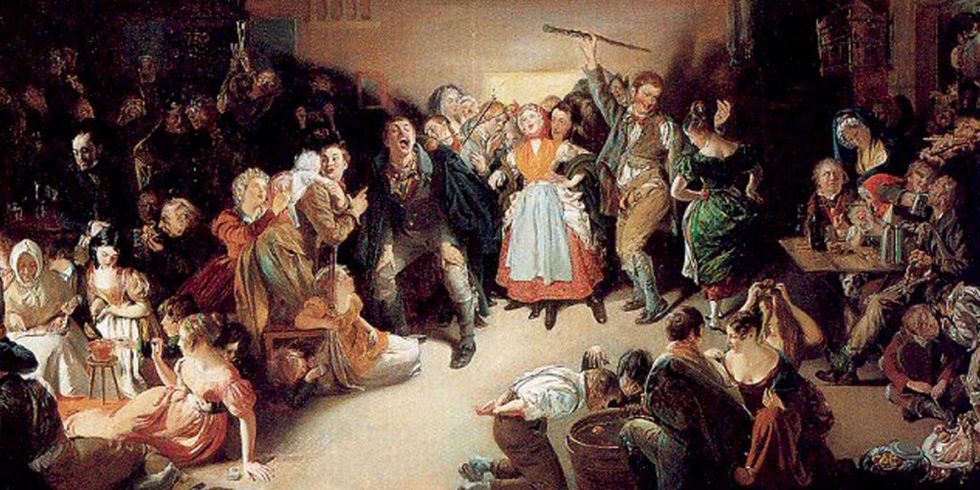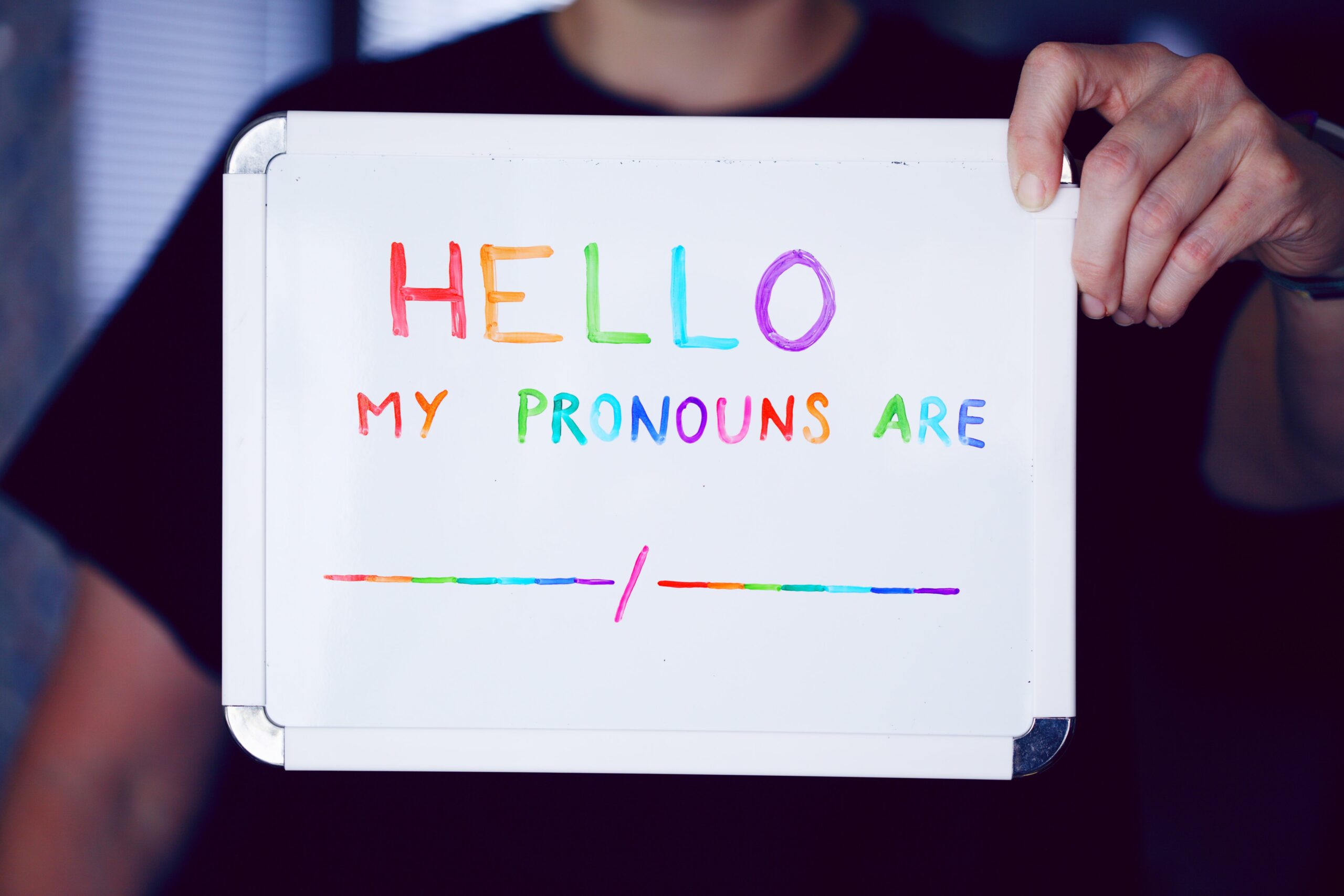Long before it was known as Halloween, October 31 to November 1 was celebrated in Celtic traditions as Samhain (“sow-win” in Gaelic pronunciations).
Pagans celebrated the end of the harvest season and the beginning of a new Celtic year (“Samhain” translates to “summer’s end”). As in all periods of environmental transition, humans used the three-day period to reflect on life, death, and their place in the world. Historian Nicholas Rogers wrote in Halloween: From Pagan Ritual to Party Night that it was a “time of stock-taking and perhaps sacrifice [when] pastoral communities [prepared] to survive the winter.” History blurs, however, around 43 A.D. after the Roman Empire occupied what is now the U.K. Romans banned Paganism, but as is the case with most American holiday traditions, many rituals and the symbols of Pagan celebrations were incorporated into Roman holidays.
The name “Halloween” is thought to have evolved from the Middle English word for “All Saints’ Day,” Alholowmesse. All Saints’ Day evolved from the ancient Catholic feast of All Martyrs Day, which was later expanded by Pope Gregory III to include saints. In 1000 A.D. the church changed its mind again and decided that November 2 was All Souls’ Day, dedicated to honoring the dead. Generally, it was a ploy to rival non-Christian celebrations of Samhain. So while Alholowmesse turned into “All-Hallows Eve” and then “Halloween,” bonfires, costumes, and food offerings came into play.
 Snap-Apple Night, painted by Irish artist Daniel Maclise in 1833
Snap-Apple Night, painted by Irish artist Daniel Maclise in 1833
Since Samhain was believed to be the time when the barrier between the physical and spiritual world is thinnest, spirits were thought to return to Earth, perhaps to visit with loved ones or to wreak havoc on unsuspecting humans. The trickery and menacing spirit of Halloween pranks is really what ancient Pagans feared from the spirits who crossed over. Offerings of food and drink were exchanged with the spirits for safety, while others wore costumes to blend in with the spirits or disguise themselves as animals. Furthermore, the Druids, or Celtic priests, were thought to have greater insight into the future when spirits roamed. Bonfires and sacrifices coincided with fortune telling about the new Celtic year.
Today, we have bobbing for apples (which is the fruit symbolic of Pomona, the Roman goddess of fruits and trees who was given her own Roman holiday celebrated on November 1), costumes, and trick-or-treating, with the occasional fortune-teller thrown into the mix. So if we ignore all the roots of colonization, religious persecution of the Pagans, and deep-seated fears of mortality, then today is an innocent, fun holiday.










